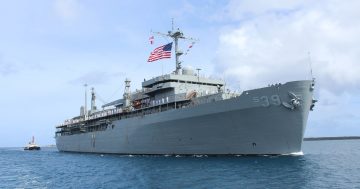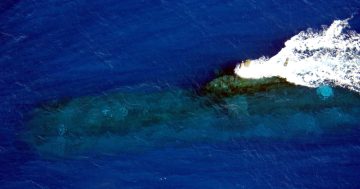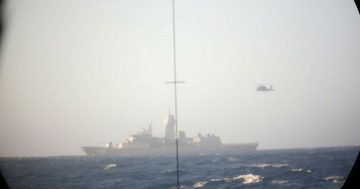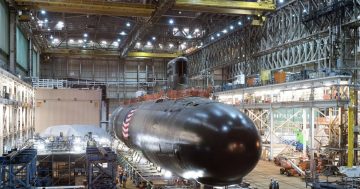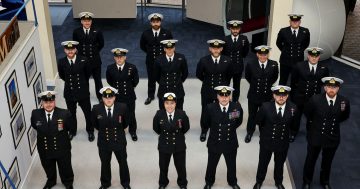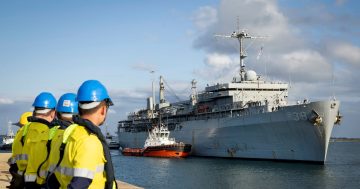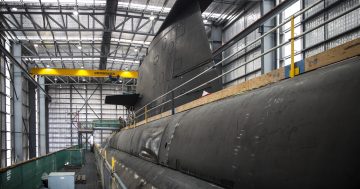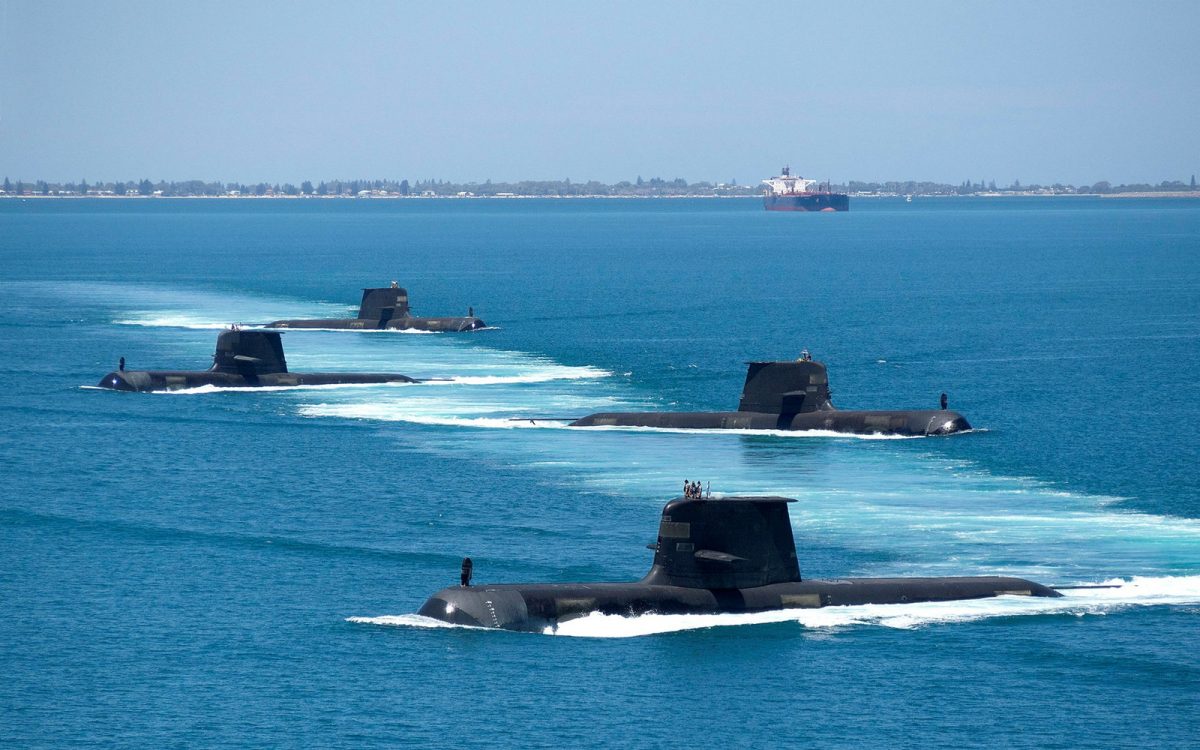
Which way should the Royal Australian Navy go as it plans to extend the Collins-class service life? Photo: ADF.
Recent news that the Royal Australian Navy’s Collins-class submarine Life of Type Extension (LOTE) program has been deemed possibly too risky to be performed in-country must be troubling for a government that has essentially put all its eggs in one nuclear-powered basket.
Australia currently operates six Collins-class submarines. The first of these – HMAS Collins – was commissioned into service in 1996, and the last – HMAS Rankin – in March 2003.
Despite early design issues with the boats’ propellors, combat systems and underwater hull noise, as well as program schedule and cost blowouts, fixes were approved and installed, and they have since been generally regarded as one of the best conventional submarines (SSK) in the world.
However, a fleet of just six boats is small due to maintenance and training requirements. The Royal Australian Navy can – at best – probably field three boats at any one time.
This will worsen from 2026 as the first boat – HMAS Farncomb – is expected to be inducted into ASC’s Osborne shipyard in Adelaide for its two-year-long LOTE.
LOTE is an incredibly invasive process that will see the submarine’s hull essentially cut into two or more pieces and its propulsion systems, including diesel engines and generators, and its optronics (periscopes and masts), power conversion and distribution systems replaced.
The boats will also receive a cooling system update and a comprehensive hull assessment. At the same time, all of the new equipment will need to be integrated into the existing command and control system.
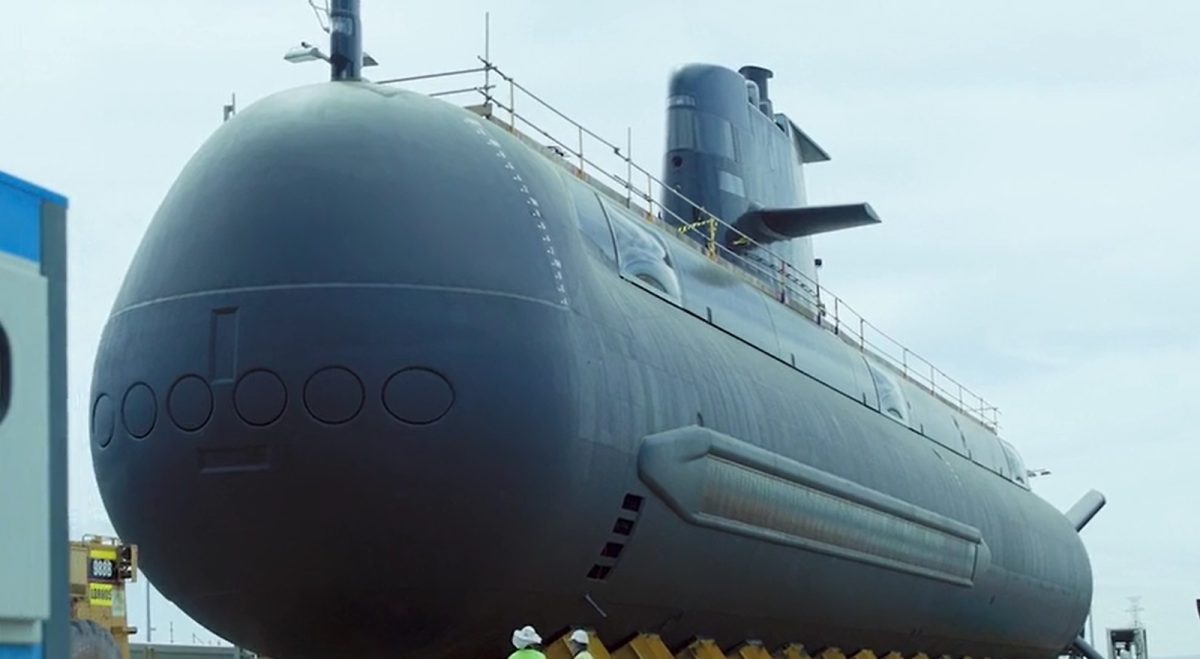
The LOTE is an invasive process expected to take two years per boat. Photo: Screenshot.
But a new review has reportedly found that the LOTE is a high-risk effort for ASC and may not be a successful one.
In October 2023, the Albanese Government commissioned former US Navy Deputy Assistant Secretary Gloria Valdez to assess the viability of the LOTE plan. Her reported findings are sobering.
A report in The Australian last week says Ms Valdez’s interim findings have identified extensive technical risks in the LOTE program and that a project of this size and scope has never been attempted on a bespoke design like the Collins class.
Despite being based on a Swedish design from SAAB Kockums, the degree of customisation of the Collins boats means they share little commonality of design with any other class of submarine.
Even if each LOTE goes as planned and the boats can be quickly re-integrated into the fleet, as each one is cycled through the two-year process, the Navy will have at least one less submarine available for over a decade.
On top of that, each Collins boat has a crew complement of about 56 sailors and officers, and the Navy has always struggled to fill those ranks. Meanwhile, the Virginia class SSNs the RAN is expected to have need a crew of 132.
See where I’m going with this?
The RAN is expected to receive between three and five Virginias, one every three years starting from an increasingly ambitious 2032, while the Collins boats are scheduled to be decommissioned once every two years from 2038.
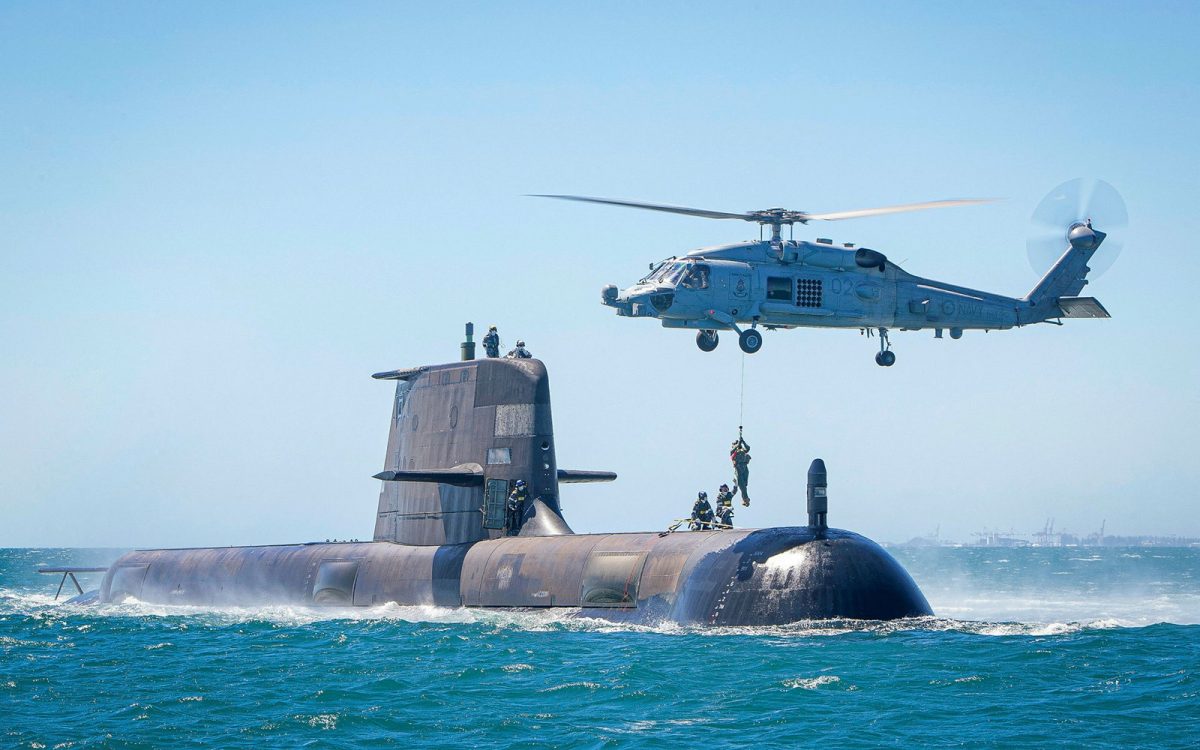
Of the six Collins-class submarines in RAN service, at best, three can be deployed at any one time. Photo: ADF.
Allowing for one Collins to be in LOTE and several hundred Australian sailors expected to be serving on exchange or on training postings with the US Navy and UK’s Royal Navy, the RAN is going to need to grow its submarine crew numbers from its current 800 to between 2500 and 3000 sailors to crew and train for those boats.
However, with recruitment stalled and separation numbers increasing right across the Australian Defence Force, it’s impossible to see how this can be achieved.
In a recent podcast by Strategic Analysis Australia (SAA), director of strategy Dr Marcus Hellyer suggested the last Collins class won’t be in service anywhere near 2048 and that LOTE may not even be completed on all six boats.
“The only way it’s going to work is if you get a lot more people being interested in becoming submariners now,” he said.
“I think we are very soon going to be in a similar situation with our submarine fleet as we are with our surface fleet where we are retiring Anzacs [frigates] well before they are replaced – it’s not worth putting the money into upgrading them and we don’t have the crews.”
SAA director Michael Shoebridge put it in an even starker light.
“My own view is I can’t see the Collins getting out of the 2030s,” he said.
“You’re just not going to have the people and you’re not going to have the industrial capacity as you start managing the Virginia fleet and building the AUKUS-SSN fleet.”
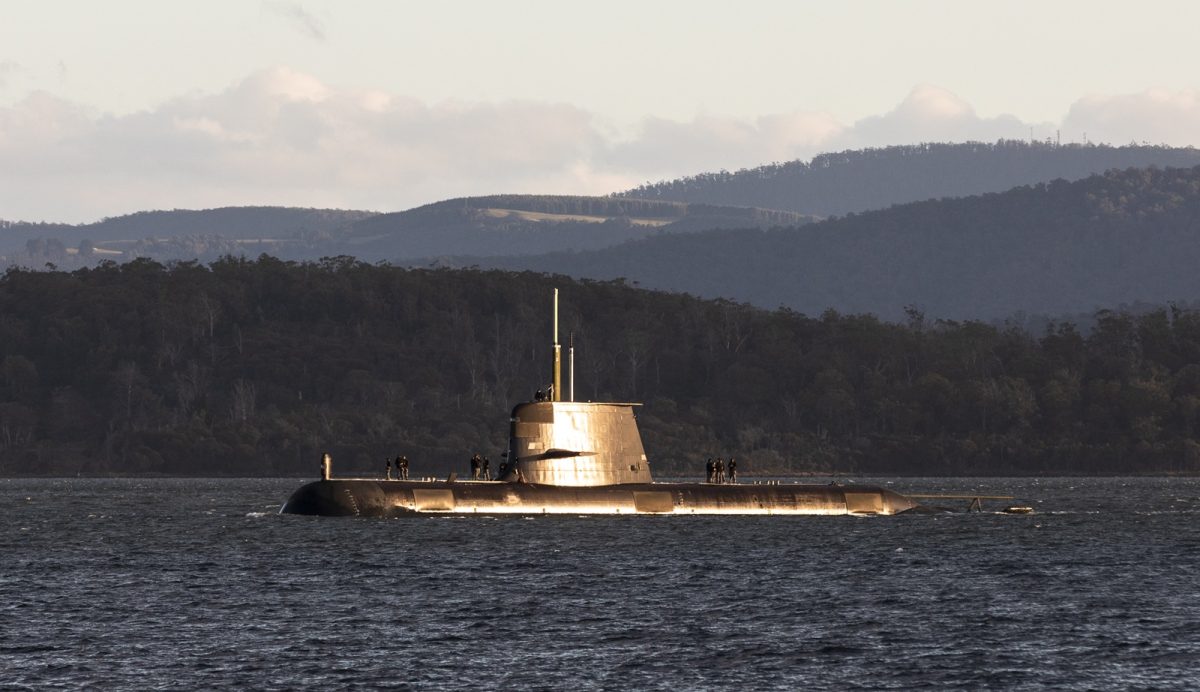
Will the Collins class sail off into the sunset earlier than planned due to constraints on industrial capacity and crew numbers? Photo: ADF.
So, who’s to blame? Well, both sides of politics and the Navy can all own a share of it.
As soon as the last Collins was commissioned, a clear plan should have been in place for what would replace it and when.
Labor identified the requirement in the Rudd-Gillard-Rudd years but essentially did little. The Abbott LNP government initially showed interest in the Japanese Soryu class SSK design to replace Collins before changing course at the eleventh hour to a conventional version of the French nuclear-powered SSN.
Then along came the $350 billion-plus AUKUS construct, which essentially added at least a decade to the process while putting diplomatic relations with France back a decade at the same time.
In the meantime, little has been done to preserve the Collins’ capabilities, and work isn’t scheduled to start on LOTE for at least two more years.
It should be clear to all that Australia’s submarine capability gap from 2026 to 2039 is going to be as wide and as deep as the Mariana Trench.
Original Article published by Andrew McLaughlin on Riotact.



